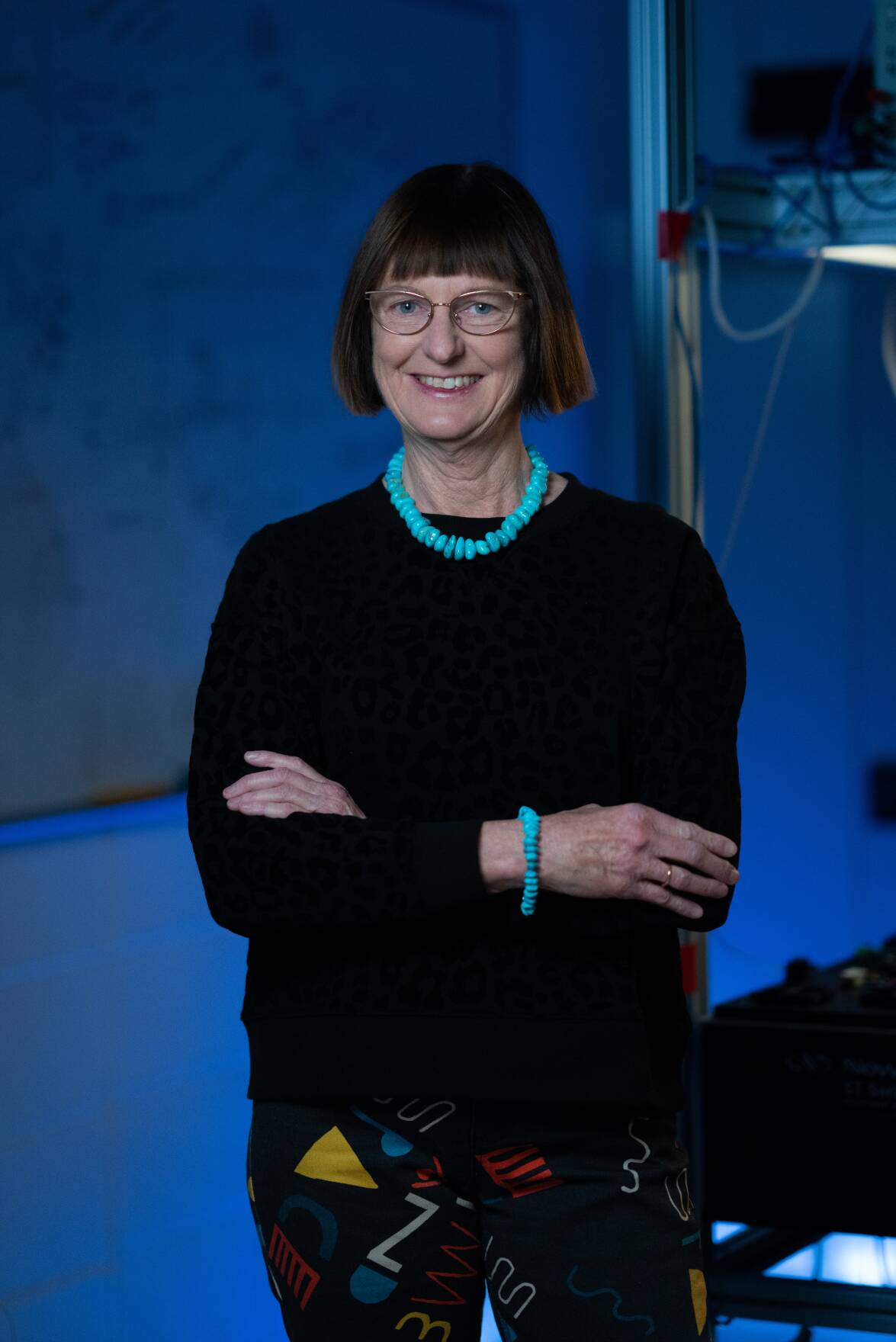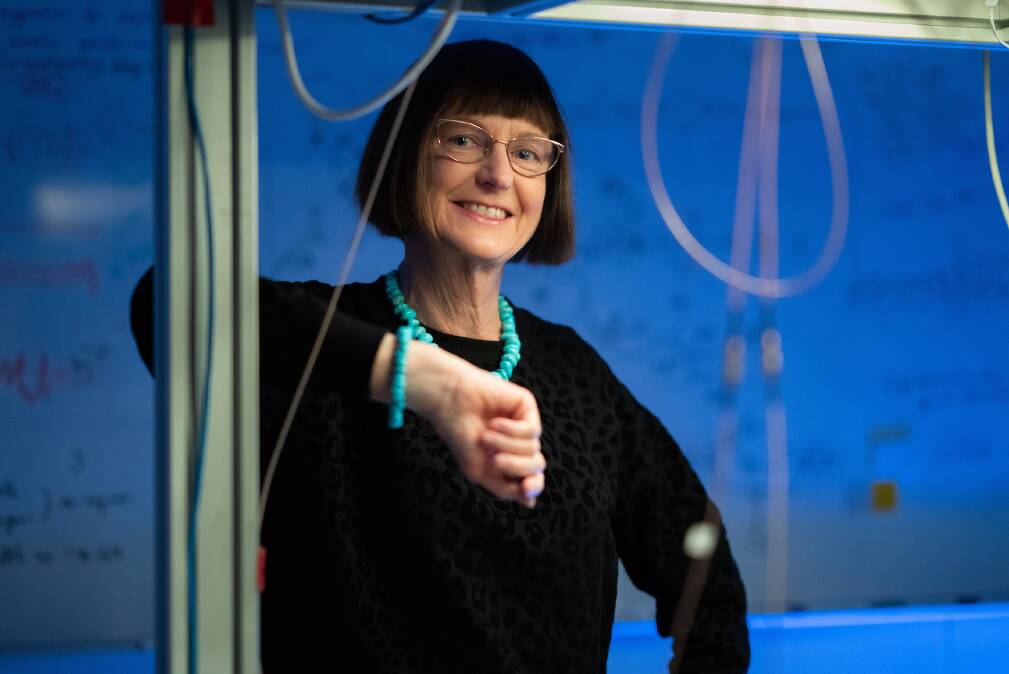

An internationally renowned physicist says Australia should build a gravitational wave detector to capitalise on our world-leading research.
Distinguished Professor Susan Scott has been appointed a fellow of the International Society on General Relativity and Gravitation.
She is the first Australian to be elected to the prestigious society which has only about 50 fellows.
"They include people like Stephen Hawking ... he's pretty much a household name, and people of that calibre and standing," Professor Scott said.
"You have to have really achieved top-class research throughout your career and also to have really helped to further the whole discipline of gravity worldwide.
"It's quite a surprise, but also a great honour of course."
Professor Scott was part of the group of 1000 scientists across the world who detected gravitational waves for the first time in 2015. The waves are ripples in space and time caused by extremely violent events in the universe.
She is now on the hunt for gravitational waves caused by neutron stars.
"They are made of this very dense material, the densest material in the universe, and nobody understands really the nature of that material," Professor Scott said.
"By detecting gravitational waves from these spinning neutron stars, we'll be able to unlock many of their secrets in terms of what they're made of, and how many types there are and what their properties are."
The Australian National University academic wants to use her position as a world leader in the field to call for a gravitational wave detector to be built in Australia.
These large instruments form a capital 'L' shape on top of or underneath the ground.
"It has two arms and we send off a laser beam from the centre down each arm and bounce them off mirrors at the end and recombine them when they come back," she said.
"If a gravitational wave passes through the instrument, then it will kind of stretch one arm and then stretch the other arm alternately and this will show an interference pattern indicating that a gravitational wave has passed."
The length of the arms are very long - the Laser Interferometer Gravitational-wave Observatory (LIGO) in the United States is four kilometres long on each arm - and the instrument needs to be located in a place without much earthquake activity.
Professor Scott said the instrument would need a couple of hundred million dollars in funding from a mix of sources, including government, private technology companies and overseas funding. She said Australia already had people skilled in working with these instruments.
"There are two in America. There's one in Europe. There's one just finished in Japan and there's another one being constructed in India," she said.
"We want to be the southern hemisphere component of the network and I think we have everything going for us in terms of sites and workforce and knowledge and expertise, so we're in an ideal place to actually have the next gravitational wave detector."
The construction of the instrument would generate work for contractors and there would be ongoing employment for people operating the facility, from security staff to technicians.
Professor Scott said there were many possibilities in commercialising the research, such as high powered lasers and the technology needed to protect the instrument from outside vibrations.
"All of these things are a cutting edge technology and they have been spun off to a reasonably good extent already and we will continue to do that."
We've made it a whole lot easier for you to have your say. Our new comment platform requires only one log-in to access articles and to join the discussion on The Canberra Times website. Find out how to register so you can enjoy civil, friendly and engaging discussions. See our moderation policy here.






